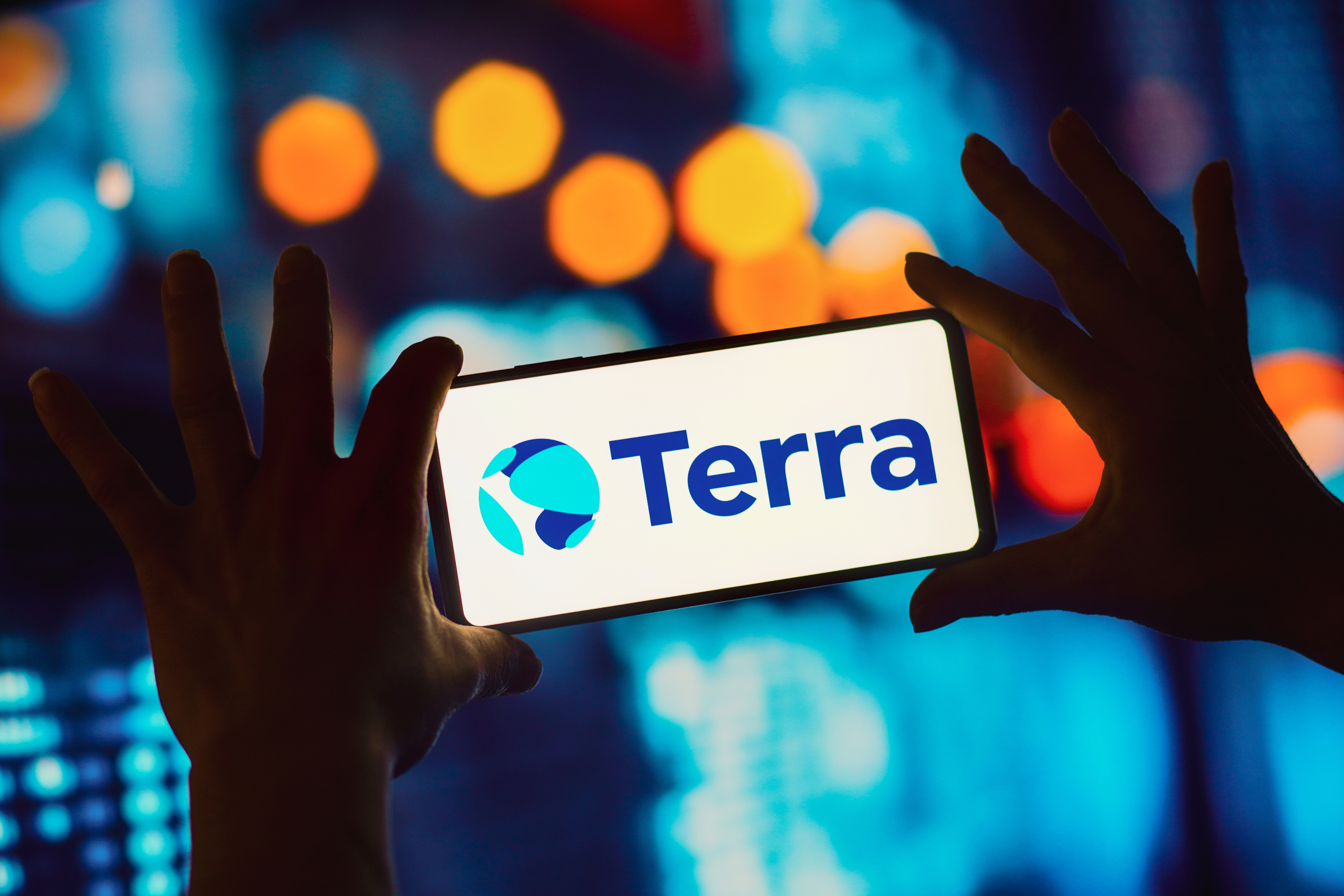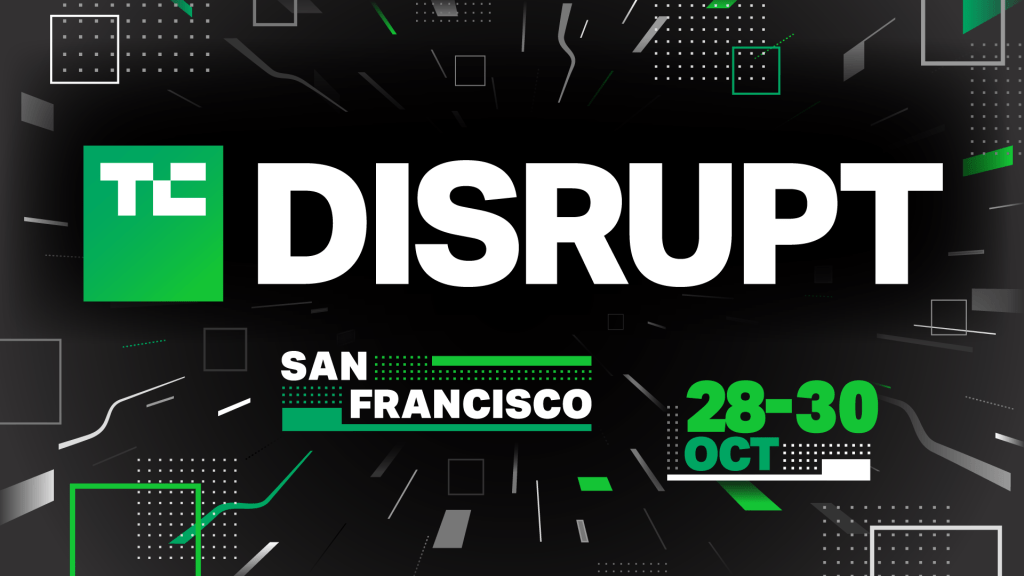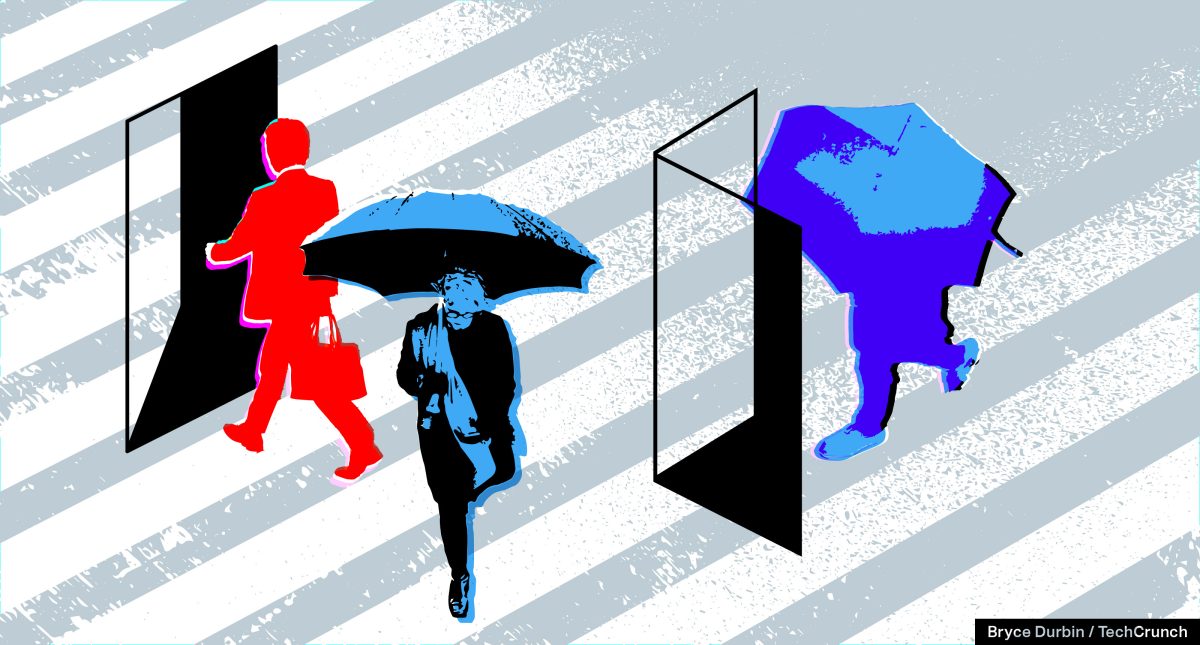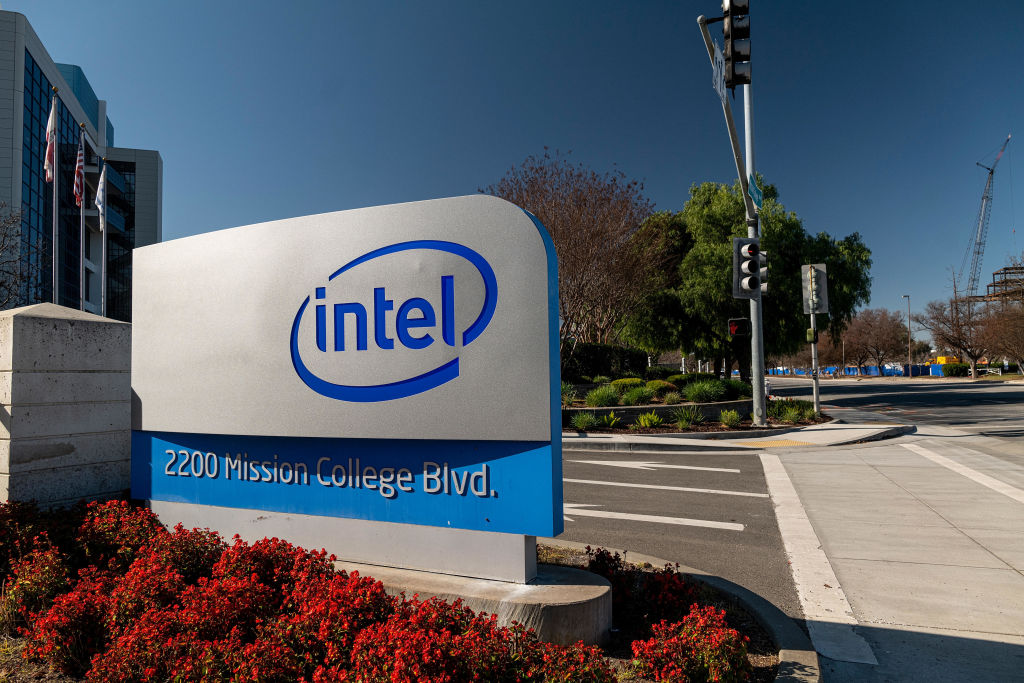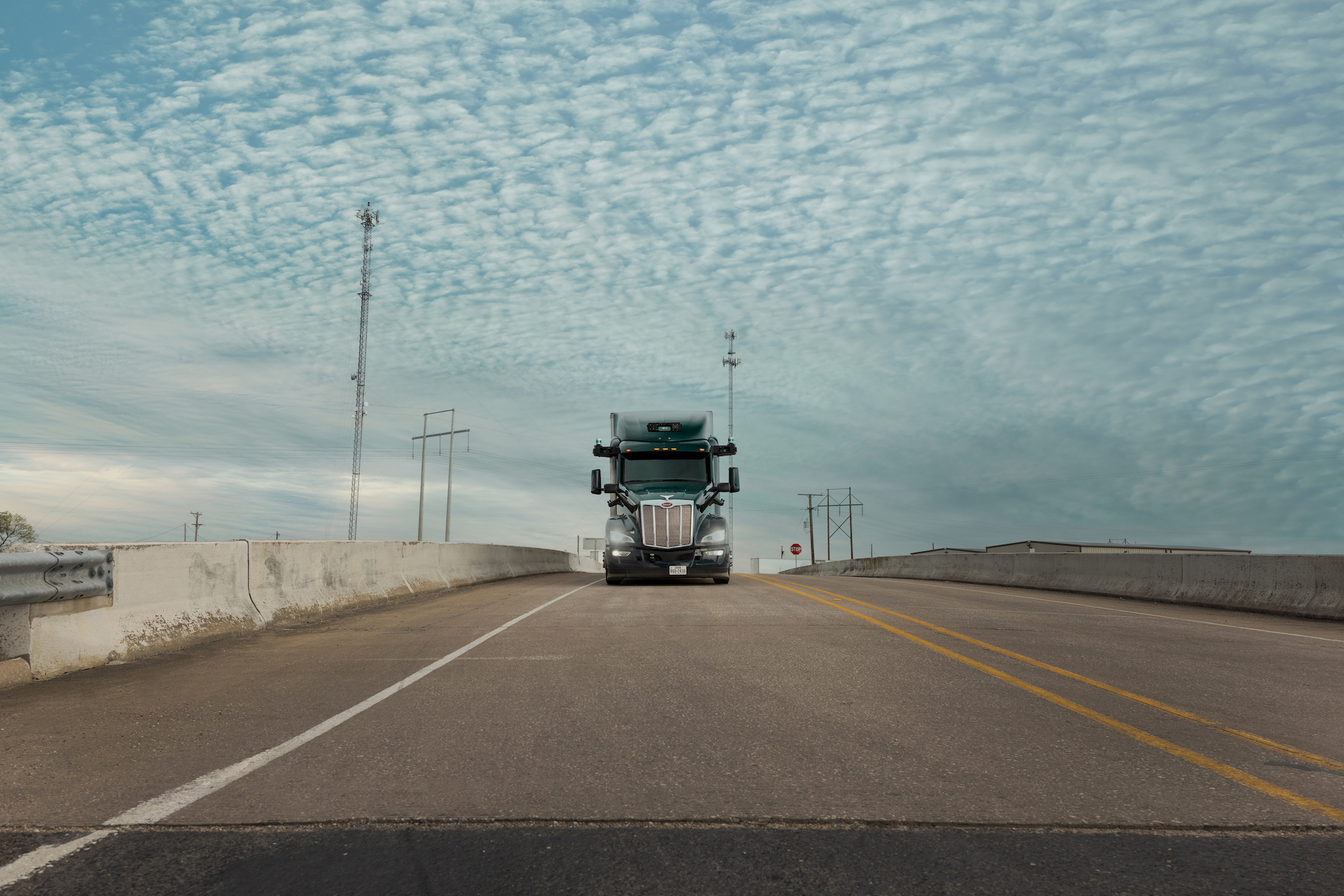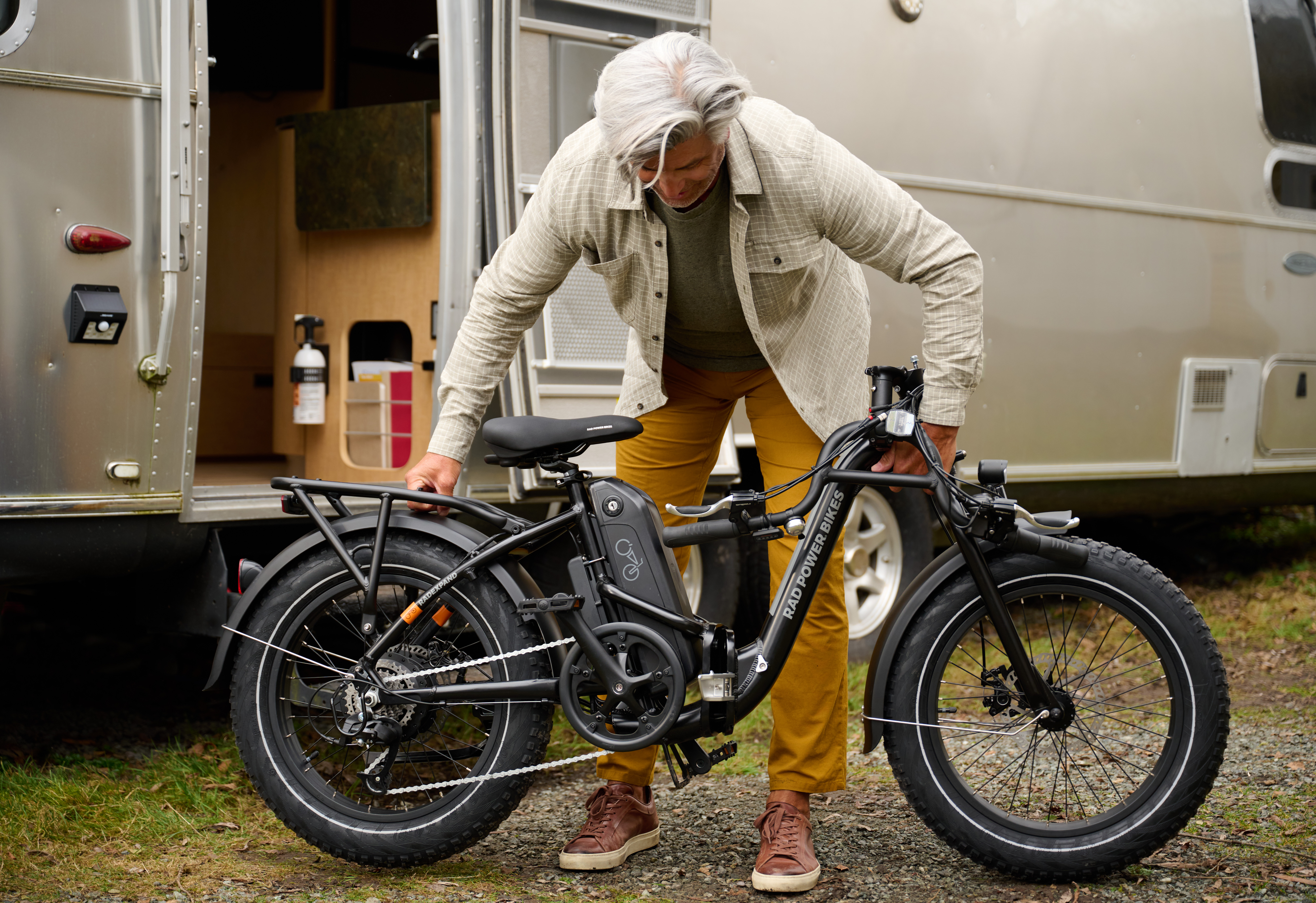Scenes showing how virtual worlds affect real life splashed Europe’s largest advertising display during Dassault Systèmes’ weeklong campaign at London’s Piccadilly Circus.
A human heart beating inside the rib cage. An assembly line’s robotic arm carrying a curved pane of glass. An eVTOL circling a city of tomorrow. An astronaut exploring outside a lunar base. What do these disparate scenes have in common?
For one thing, they were all part of a recent display at London’s Piccadilly Circus showcasing Dassault Systèmes’ virtual twin experiences. For another, they’re present and future examples of how virtual worlds affect real life.
The scenes, in a 3D-effect immersive video, introduce Dassault Systèmes’ solutions in ways they’re actually utilized to drive sustainable innovation across industries that impact daily life around the world.
What does Dassault Systèmes actually do?
For more than 40 years, Dassault Systèmes been developing the enabling technology for the science-based digital replicas we call virtual twins. It’s a continuous mission to harmonize product, nature and life.
Virtual twins let you visualize, model and simulate the entire environment of sophisticated experience. They facilitate sustainable business innovation across the full product lifecycle.
Empowered by virtual twins, designers don’t just design anymore; they can design for disassembly. Thanks to powerful features like lifecycle assessment, they’re able to understand the environmental and economic impact of every decision they make – from sourcing materials to packaging and distribution to recyclability.
It’s not just products. In manufacturing industries, the twins are able to feedback data from deployed products, creating a constant cycle of improvement, which helps improve not only the products but the equipment and processes used to produce the goods. Simply put: They help companies make better decisions.

Forward thinking companies have used virtual twins to inform predictive maintenance and ergonomic improvements. They’ve even used computational fluid dynamics to figure out how to safely re-open their cafeterias during the COVID-19 pandemic.
In the life sciences and healthcare sector, combining virtual technologies, analytics and artificial intelligence creates the conditions to revolutionize how the human body is treated. From clinical trials to patient care, virtual twins can be applied to imagine, test and manufacture better medical devices to help practitioners prepare for and execute new surgical techniques.

During the pandemic, a host of hospitals used virtual twins to understand the computational fluid dynamics of how airborne disease spread through the facility, allowing them to design safer conditions for patients, staff and visitors. The drug discovery world is in the midst of a major transformation.
When it comes to cities, some of the most forward-thinking are using virtual twins to think like businesses. In other words, they’re using virtual twins to make data-based decisions that should improve operations while trying to improve the user experience.
We can help major European cities understand how a temporary HOV (high occupancy vehicles) lane would impact traffic, pollution dispersion and noise prior to implementing a plan.
Moving off planet: For years we’ve been helping “New Space,” companies entering the space that’s no longer the exclusive domain of national governments. Now, we’re in position to help New Space players accelerate In-space Servicing, Assembly and Manufacturing (ISAM) development, building capabilities to remove debris and repurpose spacecraft materials for new uses.
How Piccadilly’s virtual scenes affect real life
Those scenes displayed at Piccadilly Circus were dramatic. They were designed to be attention grabbing. What they weren’t is unrealistic.
The beating heart offers a glimpse of The Living Heart Project, a pioneering research initiative using realistic modeling and simulation to revolutionize cardiovascular science. The robotic arm on the assembly line is a real example of the factory virtual twins automakers and OEMs from the aerospace industry have been using for decades. The city scene reflects a range of applications for virtual twins to harmonize product, nature and life in an urban environment – from flight plans for flying cars to understanding the environmental impact of adding an HOV lane to a main thoroughfare.
And space. Thanks to virtual twins, we’re prepared for the erstwhile “final frontier” to become “Space: The Farming Frontier.” That structure in the background behind the spaceman? It’s a biopod, similar to the ones companies like Interstellar Lab are developing to grow food in space and preserve biodiversity here on Earth.

And taking a step back it’s clear that our 3D experiences touch every aspect of daily life. We offer solutions that empower businesses and individuals to create sustainable products and services to accelerate sustainable innovation and help humanity thrive.
This article was created by TechCrunch Brand Studio. Learn more about partnering with TechCrunch Brand Studio to promote your content.
